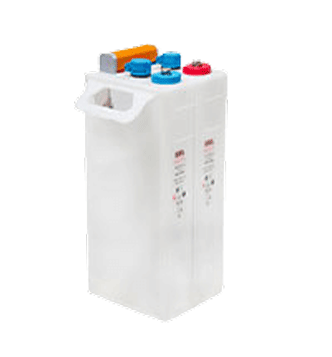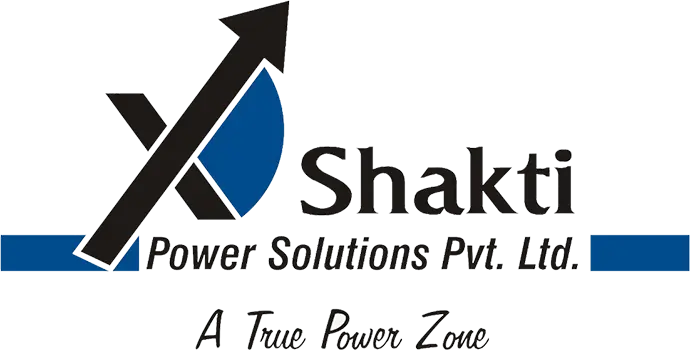Ni-Cd HSL+ For Solar Photovoltaic
Nickel cadmium batteries offer the user the most reliable battery available for industrial applications today. They are extremely robust – sustaining thermal, electrical and physical abuse over their long lives and retaining that physical reliability even at end of life. As a result, they are often the battery of choice for solar applications – especially where high temperatures exist that typically kill lead acid batteries in a very short time.

Related Products
- SINTERED PLATE NICKEL CADMIUM BATTERIES
- Ni-CD VENTED TYPE FIBRE PLATE
- Ni-Cd VENTED TYPE SINGLE CELL
- Ni-Cd NEXT GEN VALVE REGULATED (VentPro)
- Ni-Cd HSL+ FOR SOLAR PHOTOVOLTAIC
- NI-CD VENTED MULTI-CELL BLOCK BATTERIES
- EXIDE TUBULAR FLOODED SOLAR BATTERIES
- EXIDE TUBULAR GEL SOLAR BATTERIES
- NDP & HDP TUBULAR RAnge
- PLANTE RANGE
Nickel cadmium batteries offer the user the most reliable battery available for industrial applications today. They are extremely robust – sustaining thermal, electrical and physical abuse over their long lives and retaining that physical reliability even at end of life. As a result, they are often the battery of choice for solar applications – especially where high temperatures exist that typically kill lead acid batteries in a very short time.
Developed by HBL to supply power to critical and demanding applications in solar photovoltaic or renewable energy, these batteries are completely reliable, with minimal maintenance, withstand deep discharges, rough treatment, over long periods and operate at wide temperature range.
HBL manufactures the world’s widest range of Ni-Cd Batteries including Pocket Plate, Sintered Plate, Hybrid and Fibre Plate technologies and is recognized as one of the best Ni-Cd Battery production facilities in the world.
HSL+ cells are available with strong steel frame structure, shocks-resistant polypropylene casing material and flame arresting spill-proof vent. This battery gets better internal recombination by using special polypropylene fibrous type of separator.
- High cycle life
- Excellent performance at high temperatures
- Deep discharge ability
- Shock and vibration resistant
- Better cycle life at erratic SOC of battery
- Wide operating temperature range
- Minimal self-discharge rates
- Excellent ampere hour efficiency
- Continuous operation at any state of charge
- Offshore
- Emergency lighting
- Railway signaling
- Communications
- Rural electrification
- Oil and gas
